10 POLLINATOR GARDEN PLANTS |
| ANISE HYSSOP (Agastache foeniculum) Zone: 4-8 Height: 2 to 4 feet Bloom time: June to September Flower color: Lavender to purple Honeybees love feeding on the super-sweet nectar of hyssop’s densely packed flowers, making it a favorite plant for beekeepers. ASTER (Symphyotrichum spp.) Zone: 3-10 Height: 1 to 4 feet Bloom time: August through October Flower color: Purple, violet-blue, pink, white An important late-season food source for native bees and may also help sustain monarch butterflies during fall migration. Native varieties are the best choices for pollinator gardens. BEE BALM or WILD BERGAMOT (Monarda fistulosa) Zone: 3-9 Height: 2 to 4 feet Bloom time: June to September Flower color: Lavender, pink, white This pollinator superstar has pompom like clusters of tubular flowers that are irresistible to native bees and bumblebees. It has also been identified as a valuable nectar plant for monarchs, according to The Xerces Society. BLAZING STAR (Liatris spicata) Zone: 3-8 Height: 3 to 6 feet Bloom time: Mid to late summer Flower color: Purple, white, rose This native prairie plant will bring a pageantry of butterflies to your garden, including monarchs, swallowtails, and painted ladies. MILKWEED or BUTTERFLY WEED (Asclepias tuberosa) Zone: 4-9 Height: 1 to 2 feet Bloom time: June through September Flower color: Bright orange to yellow-orange One of the biggest factors in the decline of monarch butterflies is the increasing scarcity of milkweed, its only caterpillar host plant. In addition to being a vital food source for the larval stage of monarchs, many other butterflies and nectar seekers will flock to this plant. FOOTHILL PENSTEMON (Penstemon heterophyllus) Zone: 6-10 Height: 1 to 1 1/2 feet Bloom time: May through July Flower color: Blue, purple This California native is a good choice for attracting butterflies, bees, and hummingbirds. Well-suited for Mediterranean-climate and low-water gardens, rocky slopes or hillsides. JOE PYE WEED (Eutrochium maculatum) Zone: 3-8 Height: 6 to 8 feet Bloom time: July to September Flower color: Purple, pink The large vanilla-scented flower clusters tower well above other perennials in the late-summer garden. They attract big showy butterflies, such as monarchs and swallowtails, along with many native bees and other insects. LANCELEAF COREOPSIS (Coreopsis lanceolata) Zone: 4-9 Height: 1 to 2 feet Bloom time: May to July Flower color: Yellow This dependable and prolific flowering native perennial is a common component of pollinator gardens and native wildflower mixes and provides early-season food for bees and butterflies. PICA BELLA CONEFLOWER (Echinacea ‘Pica bella’) Zone: 3-8 Height: 1 ½ to 3 feet Bloom time: June to September Flower color: Dark pink with orange-brown centers Of the many coneflower varieties, ‘Pica Bella’ is one of the best for pollinators, according to Todd Jacobson, head of horticulture at The Morton Arboretum. The the open flower form of the native species provides an ideal feeding platform for monarchs and swallowtails. Other insect pollinators will also feast on these long-blooming beauties. SHOWY GOLDENROD (Solidago speciosa) Zone: 3-8 Height: 3 to 6 feet Bloom time: July to September Flower color: Yellow Goldenrods are among the most important late-season pollinator plants, according to 100 Plants to Feed the Bees. Honeybees visit them in droves prior to winter to collect their nectar, and other bees use the pollen to provision late-season nests. |
For more variety in your pollinator garden, see 10 Perennials for Pollinators, Top 10 Shrubs for Pollinators and 10 Annuals for Pollinators from Proven Winners.
10 TIPS FOR STARTING A POLLINATOR GARDEN
10 TIPS FOR STARTING A POLLINATOR GARDEN
- Plant native plants: Native plants are more attractive to local pollinators than imported or hybridized plants because because the plants and native pollinators have evolved together. Native plants are also easier to establish and will not require the use of pesticides. If you can only find a cultivated variety, choose one closest to the natural form of the native plant. Learn more: Native Plants: How & Why to Grow a Native Plant Garden.
- Choose plants with varying bloom times: Use a combination of plants that will bloom from early spring to fall. Providing a consistent food source will keep pollinators returning to your garden all season long.
- Include a variety of plants: Include a diverse array of flower colors, fragrances, heights, and shapes to attract different pollinator species. Flowers in shades of blue, purple, white, and yellow are better to attract bees. Red, yellow, orange, pink, and purple blooms are better for attracting butterflies. (See: Flowers for a Bee-Friendly Garden, and 25 Butterfly Garden Plants)
- Avoid double-flowered varieties: Double-flowered plant species make it difficult for pollinators to reach the nectar.
- Plant multiples of each plant: Arrange your plants into groups. Flowers planted in masses will lure in more pollinators than a scattering of individual plants throughout the garden.
- Make room for larval host plants: This can be difficult, because you have to accept that these plants will be eaten by butterfly caterpillars. Plant them in an area that is out of direct sight so the damaged plants won't affect the overall look of the garden. (See: Butterfly Larval Host Plant List from Penn State Extension Service)
- Choose a sunny spot: Collecting nectar and spreading pollen is arduous work. Locate your pollinator patch in a spot that gets ample sunlight, since many pollinators are energized by the warmth of the sun. Also provide rocks to serve as warming and resting spots.
- Create safe watering areas: Place rocks in shallow water to provide a spot for pollinators to land and drink water safely. A plant saucer or shallow bird bath work well.
- Provide safe havens: Encourage pollinators to visit your garden by providing natural or man-made nesting sites. Bumblebees and many solitary bees nest in the ground and need open patches of bare soil. Dead wood, such as hollow logs and tree stumps, provide nesting areas and shelter for bees, wasps, and beetles. Bee and insect houses also provide nesting sites and can be purchased; or you can build your own by drilling holes approximately ¼ inch in diameter and 3 inches deep into blocks of untreated wood or using pre-made nesting tubes.
- Avoid pesticides: Any use of pesticides should be avoided as much as possible. If you must use one, choose the least toxic and spray at night when pollinators are less active.
When planting pollinator plants it's always a good idea to check with your local Extension Service. Click here for resources!
0 Comments

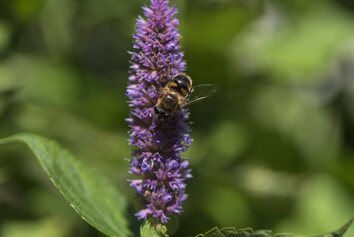
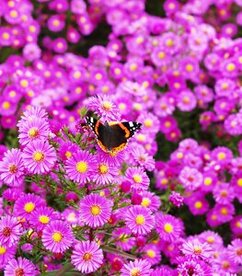
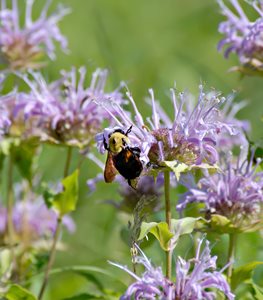
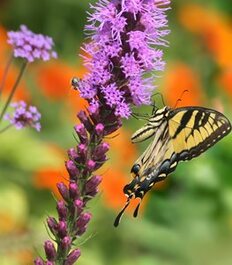
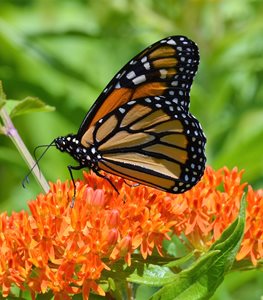

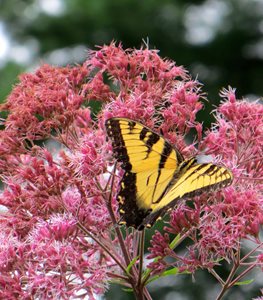
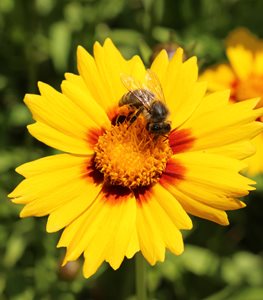
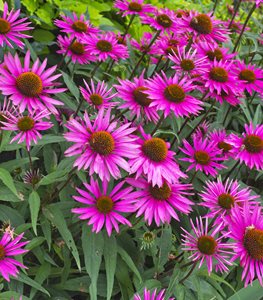
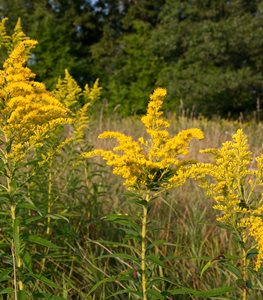
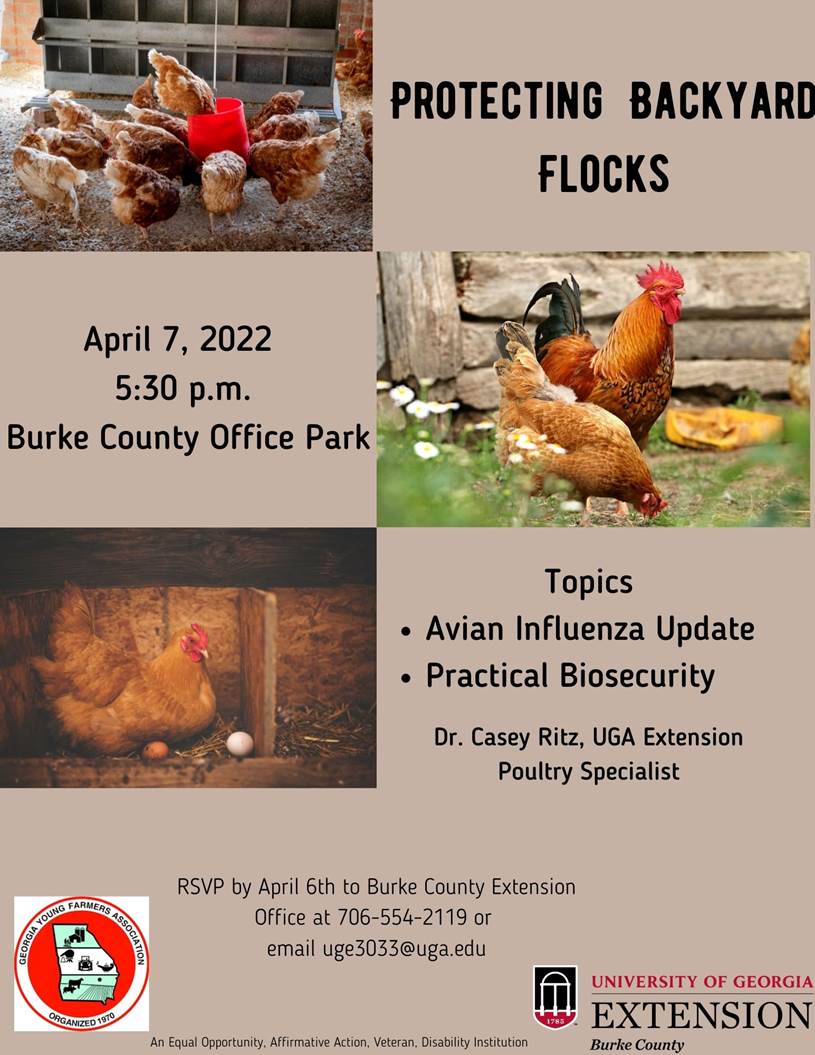
 RSS Feed
RSS Feed